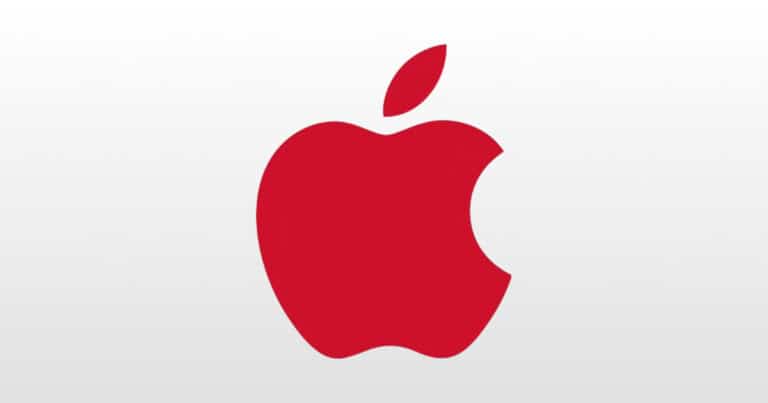Shocking cell phone repairs or replacements can ruin your budget from time to time, however, the right cell phone insurance policy can help you keep your un-forseen expenses very affordable. And as you already know, once you buy a cell phone insurance policy, you’ll pay a monthly or annual premium, and if your phone gets damaged, lost, or stolen, you’ll be able to repair or replace it for a fraction of the market value by paying a deductible. See 5 Best Cell Phone Insurance:
1. Asurion:

This is the overall best on this list because if it’s very affordable and comprehensive coverage with an easy claim process. The company’s policyholders are covered if their device is lost, stolen, or damaged, and plans also cover device defects. Other issues related to normal wear and tear, like dust accumulation or internal heat and humidity problems are not excluded as well.
2. Square Trade:

This brand provides low-cost, multi-device plans with more claim allowances than many other insurance providers. It will work for a whole family and its insurance covers all cell phone makes and models regardless of carrier or age.
Must Read: 5 Best Cell Phone Plans For Seniors
Its plans take care of cracked screens, touchscreen failures, liquid damage, speak/audio failure, battery failure, and charging port failure.
3. AppleCare+:

This option makes it simple to safeguard your device and get ongoing support from experts who know everything about the hardware, operating system, and apps that make Apple products stand out.
AppleCare provides 2 different policies: AppleCare+ and AppleCare+ with Theft and Loss. Both policies cover up to two incidents of accidental damage protection annually, plus coverage in the event your battery retains 80% or less of its original charging capacity.
4. Samsung Care+:

Still on the topic of best cell phone insurance. Samsung Care+ also use the expertise of Samsung technicians to provide repairs for Samsung users. Its insurance policies also offer coverage for accidental damage, liquid spills, and screen cracks.
Must Read: 7 Best Cellphone Family Plans
Policyholders also get an extended warranty that protects against mechanical and electrical breakdowns after the 1-year manufacturer warranty expires. As a Samsung Care+ customer, you can also take advantage of 24/7 support.
5. AKKO:

What makes this brand stand out is how they manage claims. Rather than automatically receiving a replacement device, AKKO actually gives you cash based on the replacement value of the device minus the deductible.
Also, if you have to repair your phone, AKKO will either send you the cash value of the repairs or pay the repair shop directly.
Must Read: How to Track Someone’s Cell Phone Without Them Knowing
AKKO offers two plans: The Phone Only plan and the Everything Protected plan. Both plans offer basic phone protection, which includes cracked screens, liquid damage, accidental damage (e.g., drops), theft and vandalism, and damages that result from natural disasters.
There you have it – a comprehensive list of 5 best cell phone insurance. If you have any personal favorite or other recommendations, feel free to drop them in the comment section below.
More Information On Smartphone:
Smartphones are a class of mobile phones and of multi-purpose mobile computing devices. They are distinguished from feature phones by their stronger hardware capabilities and extensive mobile operating systems, which facilitate wider software, internet (including web browsing over mobile broadband), and multimedia functionality (including music, video, cameras, and gaming), alongside core phone functions such as voice calls and text messaging.
Smartphones typically contain a number of metal–oxide–semiconductor (MOS) integrated circuit (IC) chips, include various sensors that can be leveraged by their software (such as a magnetometer, proximity sensors, barometer, gyroscope, or accelerometer), and support wireless communications protocols (such as Bluetooth, Wi-Fi, or satellite navigation).
In the early 2010s, larger smartphones with screen sizes of at least 5.5 inches diagonal, dubbed “phablets”, began to achieve popularity, with the 2011 Samsung Galaxy Note series gaining notably wide adoption. In 2013, Huawei launched the Huawei Mate series, sporting a 6.1-inch HD (1280×720) IPS+ LCD display, which was considered to be quite large at the time.
In 2019, the majority of smartphones released have more than one camera, are waterproof with IP67 and IP68 ratings, and unlock using facial recognition or fingerprint scanners.
One of the main characteristics of smartphones is the screen. Depending on the device’s design, the screen fills most or nearly all of the space on a device’s front surface. Many smartphone displays have an aspect ratio of 16:9, but taller aspect ratios became more common in 2017.



